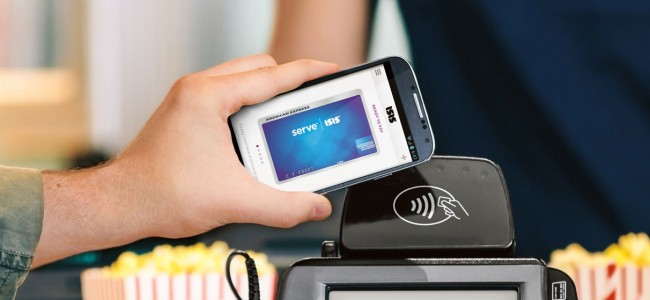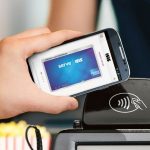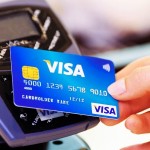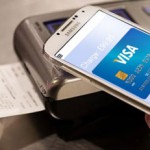Why Americans are warming to mobile payments

Americans have long been laggards when it comes to paying for goods and services with a smartphone. Plenty still prefer to sign credit-card slips or even cheques. But there are signs that they are warming to more modern methods. One firm forecasts that by 2022 contactless payments, which currently account for just a fraction of card transactions, will make up more than a third of electronic payments in America. And by 2021 mobile payments are projected to reach $282bn, triple the figure for 2016.
There is ground to be made up. The Federal Reserve Bank of San Francisco points out that 30% of all consumer transactions in America are paid for in cash, over twice the Swedish rate. The average American also writes 38 cheques a year, nearly five times the number of the average Brit. And in China, where the credit-card industry has never taken off, the mobile-payments industry is more than 50 times the size of America’s. One reason for this small size is the fragmentation of America’s payments systems. In China, for example, Alibaba and Tencent manage 92% of mobile transactions. America has 14,000 financial institutions and 16 payment processors running different systems. Such is the plethora of platforms that merchants have had little reason to spend money on the devices and software necessary for accepting mobile payments.
Companies in four sectors have started ramping up efforts to make mobile payments easier and more accessible. In December Apple unveiled Apple Pay Cash (an add-on to Apple Pay), which lets iPhone holders reimburse each other. Samsung and Google offer similar services. JPMorgan and Bank of America are part of a group of firms behind Zelle, which allows account holders at participating banks to pay each other instantly. In the last 12 months Zelle shifted more than $75bn between bank accounts, nearly 40% more than in 2016. Platforms like Paypal-owned Venmo are making efforts to lure younger customers. Under its default setting, all transactions are posted on a landing page, so that the platform’s curious users can scroll through them to see who has shared which dinner bill. In the first quarter of 2018, Venmo sent 80% more payments than in the same quarter of 2017. The number of retailers and restaurants accepting mobile money is also picking up as they focus on the most popular payment systems. Half of all American stores (about 5m locations) take Apple Pay, a 50% increase on last year. Google Pay is accepted in 4m shops and Venmo users can pay 2m merchants in Paypal’s network.
According to one survey, more than half of American consumers still prefer plastic to smartphones because of security concerns. But mobile platforms are actually one of the most secure ways to pay. Credit-card and bank-account details are not generally stored, but are instead replaced by a series of randomly generated numbers. Payments are processed without the actual transfer of sensitive information. The likes of Apple do not store account information on their servers at all. Those that do, like Google, say they encrypt the financial information they receive. Other security measures include the use of passwords, facial-recognition technology and fingerprint sensors. Still, vulnerabilities do exist. In February Venmo settled with the Federal Trade Commission–a bureau that protects consumers–for misrepresenting privacy standards and enabling fraud through lax security measures. The company says it has since taken steps to strengthen the app’s defences. Zelle, which touts itself as the safest of the mobile platforms, has had problems with fraudsters, too. But scams are not unique to mobile payments: credit cards bring their share of problems; cash can be lost. The biggest problem for most users of mobile-payment systems is a dead phone.
Source: The Economist – Why Americans are warming to mobile payments




























